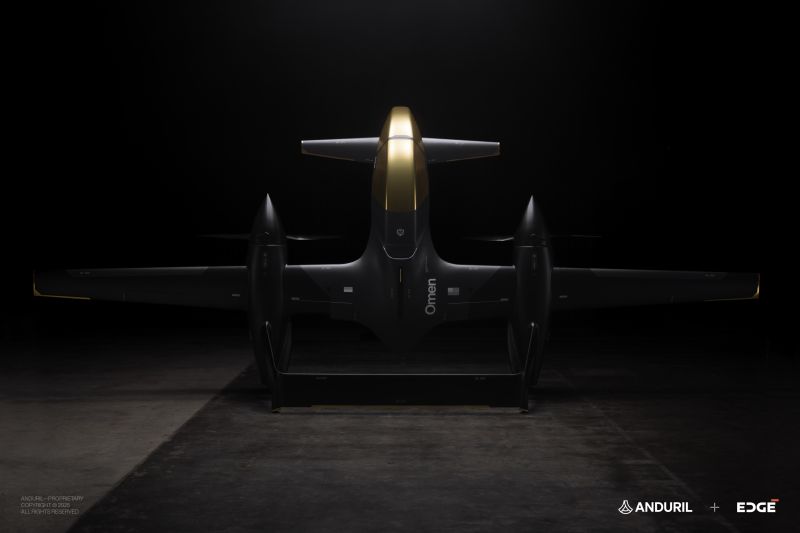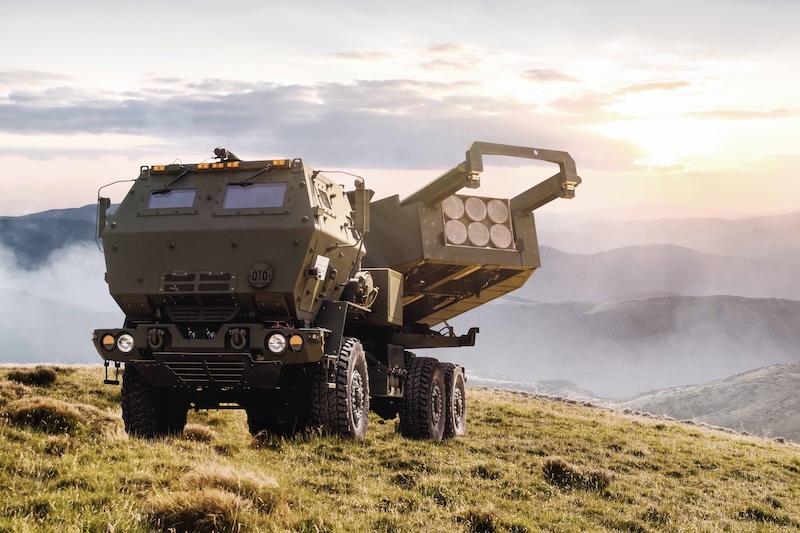Californian company Anduril Industries has unveiled its Omen Vertical Take-Off and Landing (VTOL) Group 3…

Anduril to build autonomous warships in the USA with Hyundai
California-based Anduril Industries and Korean firm HD Hyundai Heavy Industries have announced a partnership to design and produce a new class of dual-use Autonomous Surface Vessels (ASV) that combines HD Hyundai’s legacy in shipbuilding with Anduril’s speed-to-market, software-defined autonomy and mission systems integration expertise, says Anduril.
The companies will develop a modular family of surface vessels for defence and commercial use, including a variant designed to meet the needs of the US Navy’s Modular Attack Surface Craft (MASC) Unmanned Surface Vessel (USV) program.
The MASC program, according to a US Naval Sea Systems Command (NAVSEA) release, combines essential capabilities from the Navy’s Medium and Large Unmanned Surface Vessel (MUSV and LUSV) programs, merging them into a flexible, modular platform designed for multi-mission operations. “This will enhance the Navy’s distributed lethality and battlespace awareness through embarked warfighting capabilities including anti-surface warfare, strike warfare and information operations in addition to future embarked mission areas,” says NAVSEA.
MASC is designed to deliver a distributed, autonomous, hybrid fleet, built to operate and survive in contested waters, says Anduril. It says the Navy needs autonomous, modular vessels that can be produced at speed, deployed in volume, and upgraded continuously with iterative engineering, software updates, and new mission payloads to augment the manned fleet.
The first ASV is already being manufactured by Hyundai in Korea but future vessels, including the MASC variant, will be completely built in the United States at the former Foss Shipyard in Seattle. This facility will serve as Anduril’s initial US hub for low-rate vessel assembly, integration, and testing of ASVs for the MASC program.
Anduril and HD Hyundai’s ASV is built for modularity, speed of production, and mission flexibility, says Anduril. Its open-architecture design supports interchangeable payloads, allowing the same vessel to perform intelligence, surveillance, strike, electronic warfare, and other missions through rapid reconfiguration. The vessel’s distinctive central superstructure provides an unobstructed 360-degree field of view, enabling continuous situational awareness and optimal payload performance.
It is built in steel, making it easier to weld, maintain, and repair using the existing domestic supply base—an intentional choice for durability in operations and scalability in manufacturing.
The former LUSV program has an echo in the RAN’s Large, Optionally manned Surface Vessel (LOSV) program, revealed in Defence’s 2024 Enhanced Lethality Surface Combatant Review. The LOSV is expected to carry a 32-cell vertical launcher for air and missile defence, anti-ship and strike weapons and would be equipped with the Aegis Baseline 9 combat system . It was generally accepted, however, that Australia would take its lead from the US Navy’s LUSV program; now that this has been replaced by the MASC program the focus of Australia’s LOSV may shift again.



